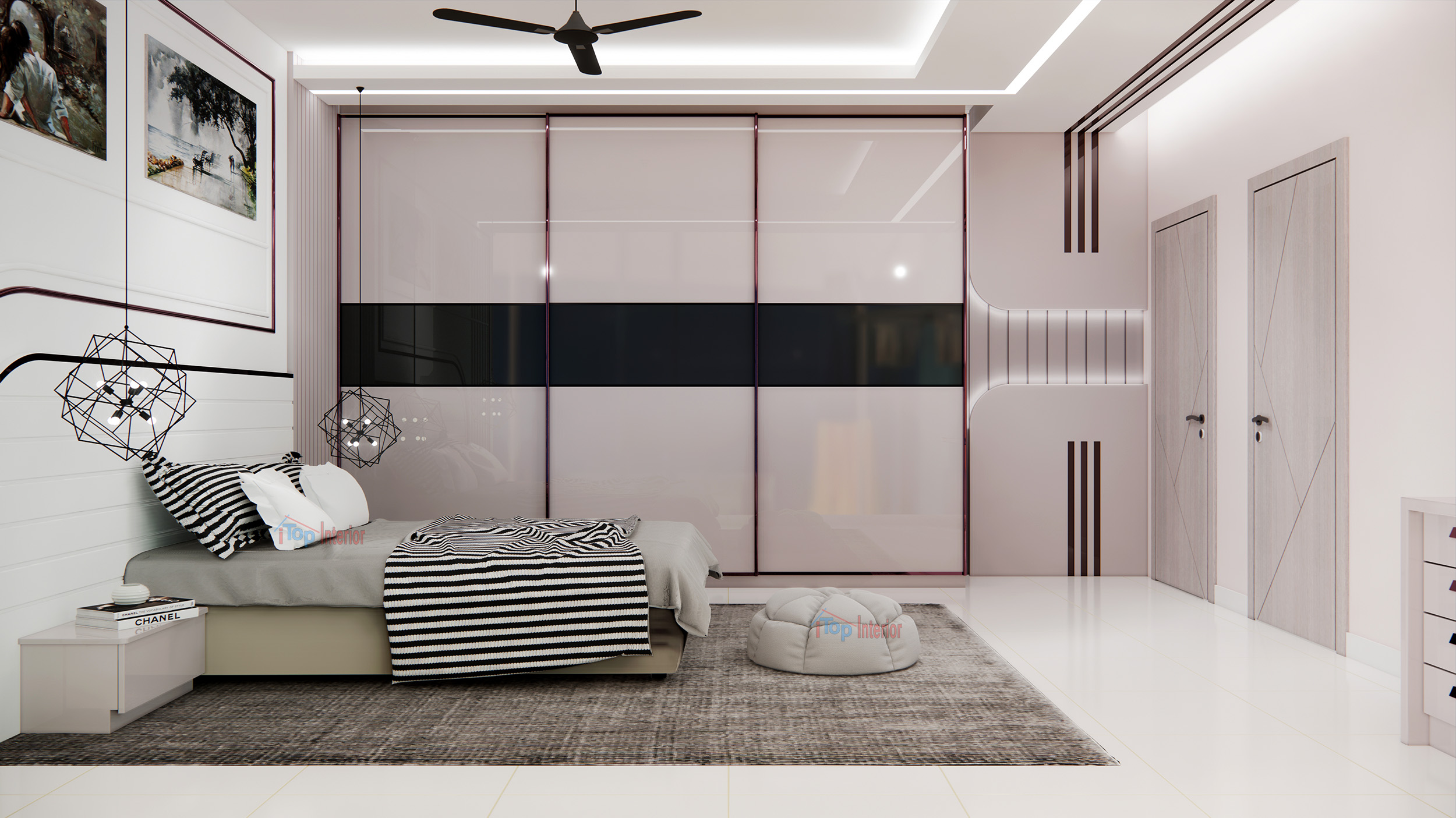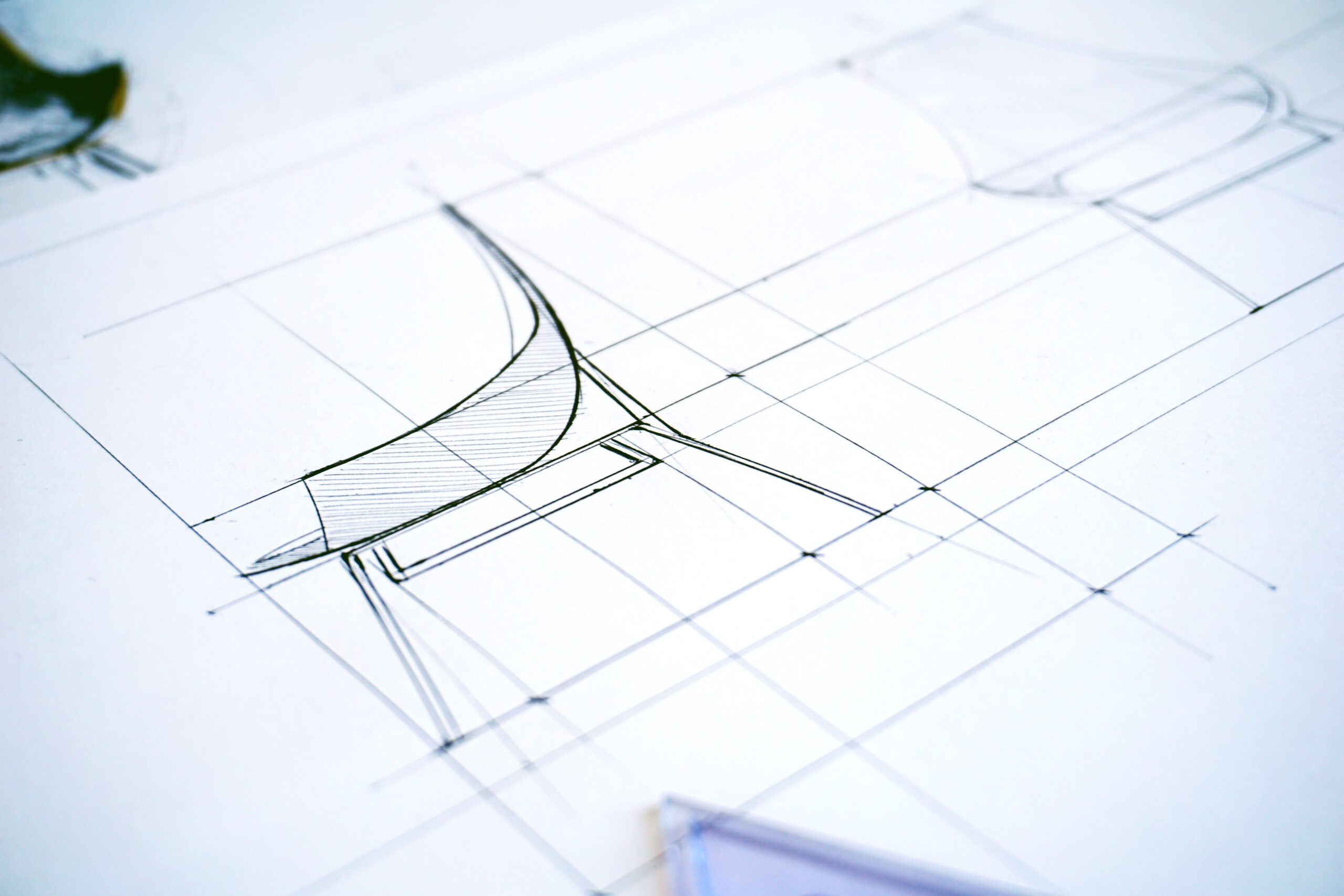Introduction: When it comes to interior design, false ceilings have become a popular choice to transform the look and feel of a room. Also known as dropped ceilings or suspended ceilings, they offer numerous benefits ranging from improved aesthetics to enhanced functionality. Selecting the right material for your false ceiling is crucial, as it can greatly impact the overall appeal and performance of the ceiling. In this blog, we will explore some of the best materials for false ceilings that strike the perfect balance between visual appeal, durability, and functionality.
- Gypsum:
Gypsum false ceilings are widely used due to their versatility and ease of installation. Gypsum boards are composed of a layer of gypsum plaster sandwiched between layers of paper. They are lightweight, fire-resistant, and offer good acoustic insulation. Gypsum ceilings can be shaped into various designs and can accommodate integrated lighting fixtures seamlessly. They are also cost-effective and relatively low-maintenance, making them a popular choice for both residential and commercial spaces. - Mineral Fiber:
Mineral fiber false ceilings are known for their exceptional acoustic properties. Composed of mineral wool or fiberglass, these ceilings effectively absorb sound, reducing echoes and creating a more pleasant acoustic environment. They also have good thermal insulation properties, making them energy-efficient. Mineral fiber ceilings come in a wide range of patterns and textures, allowing for creative and aesthetically pleasing designs. Additionally, they are resistant to moisture and offer fire protection, making them suitable for areas prone to high humidity or fire hazards. - Metal:
Metal false ceilings have gained popularity for their contemporary and sleek appearance. Commonly made of aluminum or steel, these ceilings offer durability, strength, and a modern aesthetic. Metal ceilings are available in various finishes such as powder coating, anodized, or laminated, providing versatility in design options. They are resistant to moisture, mold, and mildew, making them ideal for areas with high humidity levels, such as kitchens and bathrooms. Metal ceilings are also easy to clean and maintain, making them a practical choice for commercial spaces. - PVC:
PVC (polyvinyl chloride) false ceilings have gained recognition for their affordability and versatility. These ceilings are lightweight, easy to install, and available in a wide range of colors and patterns. PVC ceilings are moisture-resistant, making them suitable for areas prone to dampness, such as basements or bathrooms. They are also resistant to stains and can be easily cleaned with water and mild detergent. PVC ceilings are an excellent choice when budget constraints are a consideration, without compromising on visual appeal. - Wood:
Wooden false ceilings add a touch of elegance and warmth to any space. They bring a natural and timeless appeal, suitable for both traditional and contemporary designs. Wooden ceilings are available in different types of wood, including cedar, pine, and teak, each offering unique textures and colors. They provide excellent thermal insulation and can contribute to better indoor air quality. However, it is essential to treat wooden ceilings with appropriate coatings to prevent warping, moisture damage, and fire hazards.
Conclusion:
Selecting the right material for your false ceiling is essential to create a visually appealing and functional space. Gypsum, mineral fiber, metal, PVC, and wood are among the top choices for false ceilings, each offering unique advantages. Consider factors such as durability, aesthetics, acoustic properties, moisture resistance, and maintenance requirements when making your decision. Consulting with a professional interior designer or contractor can provide valuable insights and help you select the best material that aligns with your specific requirements and desired style. With the right material, your false ceiling can elevate the ambiance of your space while serving practical purposes.




